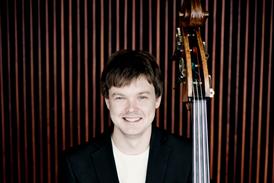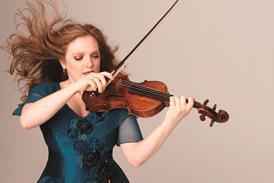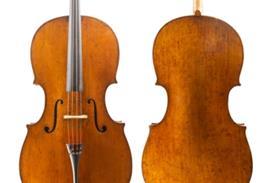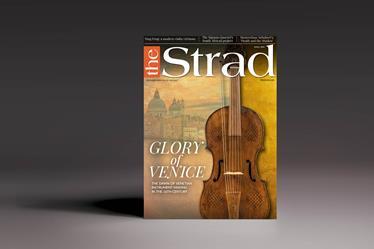- News
- For Subscribers
- Student Hub
- Playing Hub
- Podcast
- Lutherie
- Magazine
- Magazine archive
- Whether you're a player, maker, teacher or enthusiast, you'll find ideas and inspiration from leading artists, teachers and luthiers in our archive which features every issue published since January 2010 - available exclusively to subscribers. View the archive.
- Jobs
- Shop
- Directory
- Contact us
- Subscribe
- Competitions
- Reviews
- Debate
- Artists
- Accessories
Technique: Sound travel and projection with cellist Herre-Jan Stegenga

Cellist Herre-Jan Stegenga on filling the hall and ideas and exercises for teaching projection
Explore more Technique like this in The Strad Playing Hub
Read more premium content for subscribers here
The low register of the cello means that the way we project our sound is vital to our ability to communicate to everyone in our audience. This is always important, but it becomes critical when cellists come to play as a soloist either in a recital in a big hall, or with an orchestra – usually in the final recital of the bachelor’s degree and onwards.
A considerable change of mindset is needed to cope with playing in larger spaces, with or without an orchestra. In the struggle to be heard students tend to rely on the first finger on the bow to do everything; the bowing hand will then tense and stiffen. That in turn stifles the sound, bringing it back to the player rather than releasing it into the hall. This affects stamina. Strangely enough it is our internal fear of playing wrong notes that lies in the way of us achieving optimum projection and the way we use our left hand is equally important in developing it.
Cellists need to acquire the relaxation to engage the weight of the bowing arm into the string to support the left hand, or the big shifts can present a problem and accentuate the fear, so there is a danger that everything may spiral out of control…
Already subscribed? Please sign in
Subscribe to continue reading…
We’re delighted that you are enjoying our website. For a limited period, you can try an online subscription to The Strad completely free of charge.
* Issues and supplements are available as both print and digital editions. Online subscribers will only receive access to the digital versions.




























